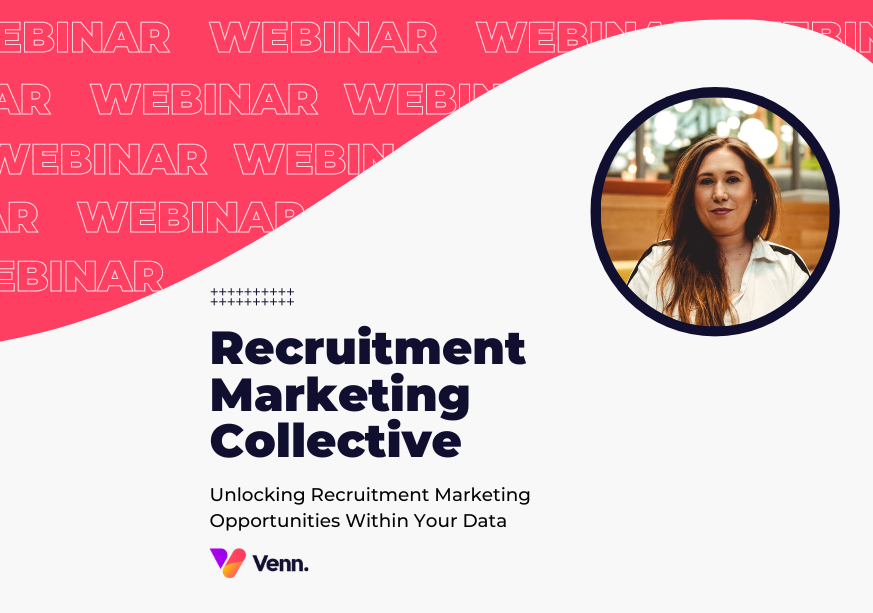
Tim Peake has just returned from 6 months in space. What he’s experiencing right now—nausea, dizziness, generally being off balance—is pretty similar to how marketing managers feel every time a new channel, trend or app comes into play.
As much as it can be daunting, it should also be exciting. It’s natural to feel confused as to what you should and shouldn’t be doing as a part of your marketing strategy, but new options mean you can have fun, get creative and really do something different.
Here are some of the developing channels and unorthodox platforms that are leading the way.
Virtual Reality
Yes, you read that right. We’re in the future already. You may have already seen virtual reality crop up on your timeline, but while goggles are yet to break the mainstream market, Facebook has its own in-timeline version of it known as Facebook 360. Google also has been expanding its 360 Street View into areas other than streets, so you can use your screen to be transported anywhere in the world without leaving your seat.
What is it?
360 video content is produced by using a multi-angled camera. The process is complicated and requires expensive technology, but the outcome can be fantastic. It allows viewers to see all angles of the place in question by manipulating the camera using their tablet, smartphone or desktop device.
Take a look at this special clip from National Geographic.
Why does it work?
YouTube is, despite being a video platform, the fastest growing search engine on the planet, reporting 40% growth YoY for the number of people watching [since March 2014] and growth in ‘watch time’ by 50% [YoY for the last three years]. Don’t believe me? Take a look for yourself.
People like to watch videos, but 360 videos aren’t just any old video. They make you feel like you’re there, encourage you to interact and take the multisensory experience to a whole new level.
Will it work for you?
This depends on what your objectives are. Are you looking to increase brand awareness, improve brand engagement or educate your audience on a certain subject matter? Yes? Then 360 video content could work as a part of your content strategy.
Toms have chosen to use 360 content to enhance instore experiences. When sitting in the ‘Virtual Chair’ while waiting to be served in one of their equipped stores, you’re taken to a village in Peru. The video opens with company founder, Blake Mycoskie, telling you how Toms began and the impact the brand is having.
By sharing this experience with you in store they’re cleverly increasing your engagement with the brand. If you buy in to the story and the product, you become an advocate. 360 messaging can be a powerful tool as it actively involves viewers in experiences, rather than forcing them to be a passive watcher.
Snapchat
It’s just a fad, they said. It will never take off, they cried. Wrong! Snapchat are now up there with the big boys, last valued at around $16 billion.
Those filters aren’t just a short-term craze and real time (or ephemeral, if you like big words) marketing is set to take-off in a big way.
What is it?
Snapchat is basically an image/video sharing app. You use it take a picture or video, add a filter (or not) and share it with your friends. It’s quick, it’s instant and—the USP—it doesn’t last.
The maximum time an image is exposed for is 10 seconds, if shared with friends, or 24 hours if featured on your Story.
Image source: http://www.wikihow.com/Get-Effects-on-Snapchat
Why does it work?
Because it’s real-time and disposable. Unlike Facebook, Twitter or Instagram, these memories aren’t here to last and that’s what users love about it. It’s fun, it’s engaging and over 60% of all smartphone users have it (US figures).
We live in a world where there is so much information to consume on a daily basis. Snapchat focuses on providing digestible chunks, whether it’s from a friend or a brand.
Will it work for you?
Are you looking to engage with a young audience? In the US, 37% of Snapchatters are aged between 18-24 (according to Forbes) and the platform has over 100 million active users.
If you’re looking to put something fun or reactive in front of a younger demographic, then Snapchat is the platform for it. Even Obama has signed up under the moniker @WhiteHouse.
Programmatic Advertising
Multi-channel, cross-device, real-time targeting…wait, what are you even saying? Basically, programmatic advertising is an uber-targeted way to reach your audience. So targeted, in fact, that in 2014 it accounted for “two-thirds of mobile ad sales”. With stats like that, it’s a hard channel to ignore.
What is it?
Programmatic Ads are uber-targeted as the publishers hold a wealth of user data, all collected at different points. The below snippet, from Conversant, one of Venn’s media partners, details how they build up user profiles.
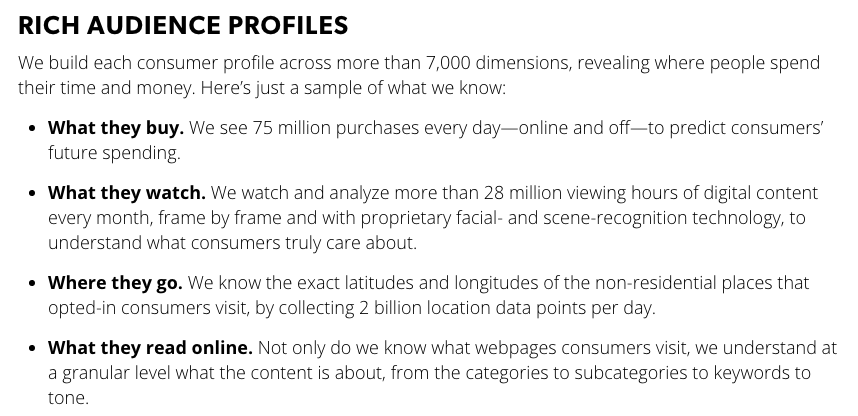
All of this information can be used to build up an accurate picture of your audience and separate different segments into targetable pools. This allows you to market accurately across a number of mediums, including video, display, email and, in the not so distant future, television.
Why does it work?
Because you can target via age, location, interests, language, previous purchases and more. You can even run your ads alongside competitor campaigns. This means that it’s highly likely that the audience are seeing ads that are actually of interest to them, which means a better experience for them and reduces wasted spend for the marketer.
It’s staggering how much information is collected on each and every one of us. If you want to take a look at what cookies are being collected on you, go to youronlinechoices.com.
Will it work for you?
Whether you’re looking for brand awareness, lead generation or a desired CPA, programmatic can be used to deliver on all three objectives. The budgets associated can be large in comparison to less targeted methods, but so can the returns.
This is just an app for taking selfies and stalking your favourite celebrities, right? Wrong. With over 400 million users and 75% of these coming from outside of the US, we are using Instagram to share more than pictures of our favourite meals. We’re using it to share our life journeys.
What is it?
Instagram labels itself as “a fun and quirky way to share your life with friends through a series of pictures”. You take a picture, or video, apply one of their filters (because life looks better through a filter, right?) and you share the end product across Instagram, Facebook and Twitter.
Sharing photos is nothing new, but by providing a simple suite of tools for making images look better and stripping out many other aspects of social media, Instagram has taken the world by storm.
Why does it work?
Again, the content is visual, quick and easy to understand. But it’s not just pretty pictures that have seen Instagram to grow so rapidly. It’s built up communities and enables like-minded people to share pictures and journeys, whether they are motivational, inspirational or just relatable.
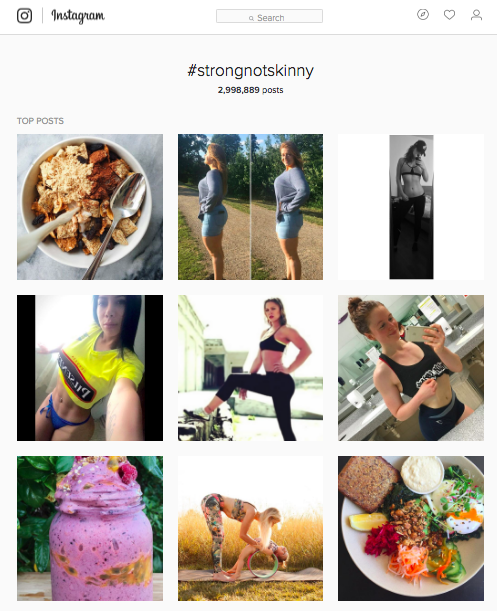
While the #strongnotskinny tag, shown above, has allowed women to empower each other towards better body image, it is only an example of Instagram’s power. Movements like this consistently bring people together and encourage participation.
It’s allowed all sorts of crazy cat people to share their adoration of the feline variety.
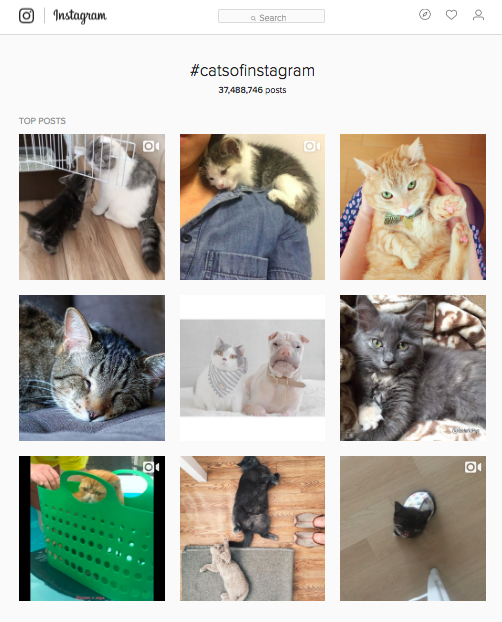
This one isn’t for everyone, but Instagram could be. It’s peer to peer, has communities built by strangers with the same interests and it works.
Will it work for you?
Instagram is great for consumer facing brands, such as River Island, who have products that they share in visual, fun ways.
It also works if you have a great story to tell. Just look at The Body Coach. He’s told the story of his transformation and by sharing his advice on how to live a healthy lifestyle— primarily on Instagram—he has made millions.
Then there’s ‘influencer marketing’, also known as having a trusted figure shouting about how good your brand is, rather than a brand shouting about themselves. Love them or hate them, the Kardashians have this down to a T.
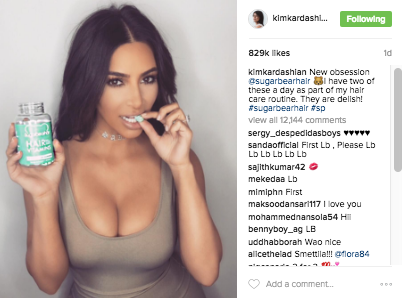
If you have a product or service that you can associate with an industry influencer then Instagram could well help you engage with your audience without actually ‘advertising’ to them.
There’s really no reason to be unsure or afraid of new channels. With a little research, it’s easy to decide what’s relevant to you and what isn’t. Just don’t reject opportunities because they’re different.
Your marketing efforts shouldn’t be contained by what you already know. An adventurous marketer is a successful marketer and genuine creativity can cross into any channel.






